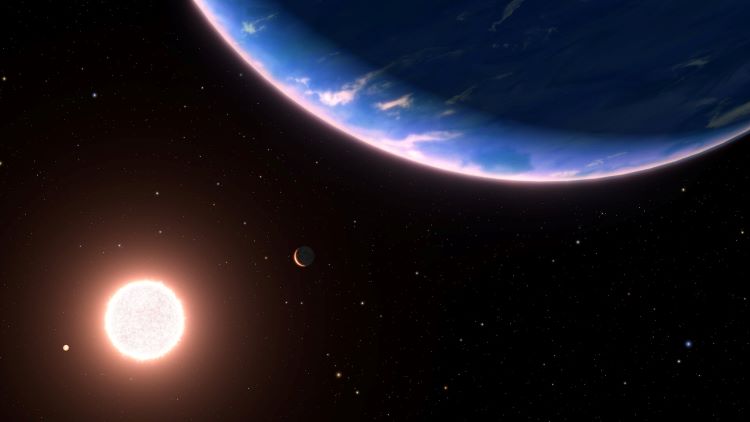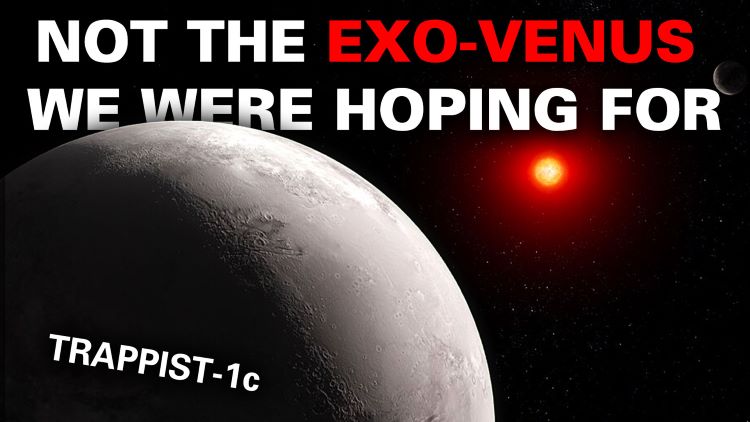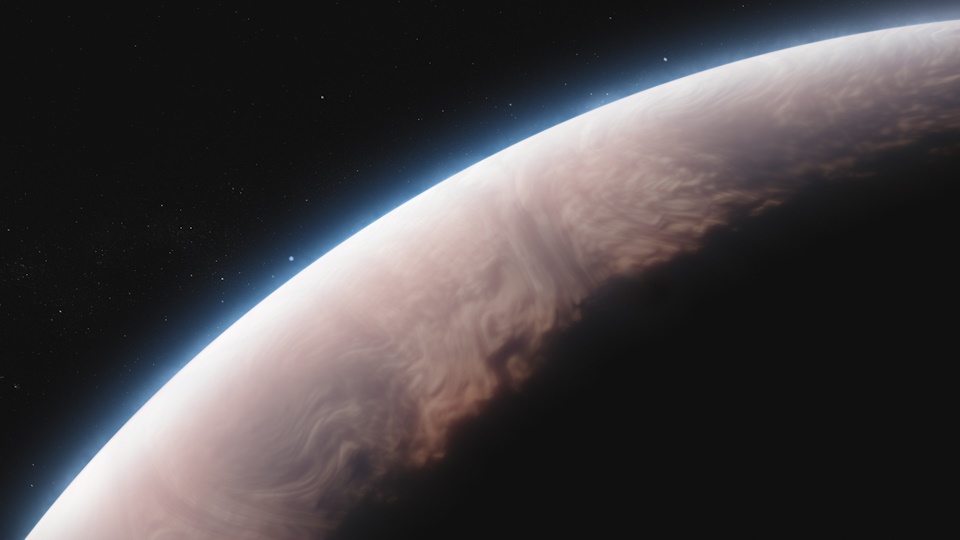What is the true definition of a planet, and could there be a more refined definition in the future? This is what a recent study published in The Planetary Science Journal hopes to address as a team of researchers from the United States and Canada investigated the potential for a new definition of a “planet”. This study holds the potential to challenge the longstanding definition outlined by the International Astronomical Union (IAU), which established IAU Resolution B5 in 2006, resulting in demoting Pluto from a “planet” to a “dwarf planet”.
Continue reading “Officially, Only the Sun Can Have Planets. Is it Time to Fix the Definition of “Planet”?”Officially, Only the Sun Can Have Planets. Is it Time to Fix the Definition of “Planet”?







